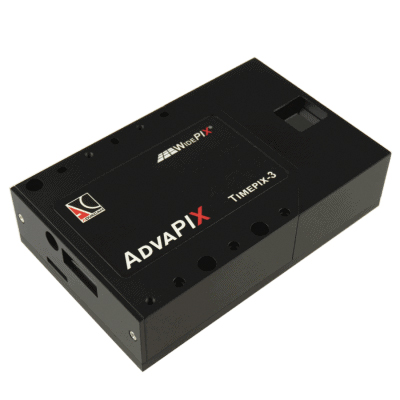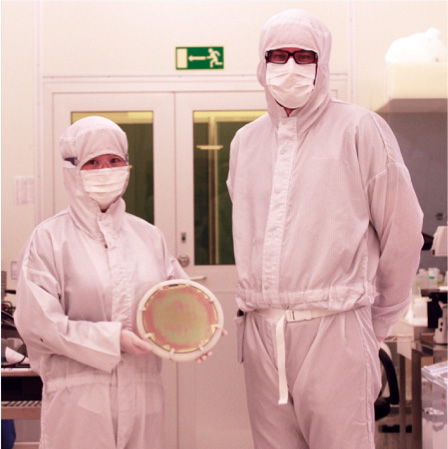New energy discriminating detectors for soft and hard X-ray radiation
Detectors based on CCD or CMOS sensors are measuring instruments for the incident radiation power. These image sensors made of silicon are excellently suited for highly sensitive detection of visible light, but also for parts of the invisible spectrum. They offer the scientist a variety of features such as high spatial resolution and high dynamic range. However, radiation sensors of this type have the disadvantage that they cannot detect photons as single events. However, this is particularly interesting and technically possible in the X-ray spectrum because the energy of one photon is large enough to generate several hundred excitons.
Our newcomer ADVACAM from Prague (Czech Republic) and Espoo (Finland), respectively, fills this gap in the X-ray spectrum for the soft to hard energy range. ADVACAM started in 2013 as a spin-off from the Institute of Experimental and Applied Physics at the University of Prague. ADVACAM OY is a spin-off company of VTT Technical Research Centre of Finland. The companies are certified according to ISO 9001 standards. We are pleased to bring their products on board. The detectors are based on the Timepix or Medipix technology developed at CERN. The sensors are made of silicon or CdTe. They cover different energy ranges: silicon is used from 3 keV, CdTe from 5 keV. There are operation modes like photon counting, time over threshold and time of arrival.
In addition to spatial and temporal resolution, they also enable energy discrimination of individual high-energy photons. The achievable energy resolution is given by material properties.
The detectors operate in list mode, in which a continuous list of entries containing this information is generated from the detector events. The principle is known from particle physics. The current Timepix3 sensors allow a time resolution of 1.6 ns without dead time at a count rate of up to 40 million events per second.
The comprehensive Pixel Pro software supports the user in data acquisition and analysis. Their applications for Advacam's detectors include non-destructive fluoroscopy, X-ray imaging of tissue and animals, rock samples from geology, and crystal structure analysis using X-ray diffraction. Methods that require energy-resolving detectors for ions or even neutrons can use Advapix models for this purpose.
More about Cameras for EUV, X-ray and high-energy particle detection
Contact
| +49 6157 80710-754 | |
| +49 6157 807109754 | |
| Write e-mail |




